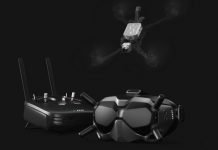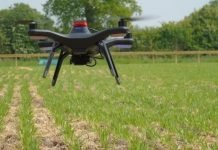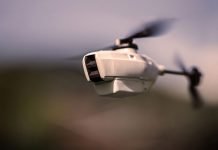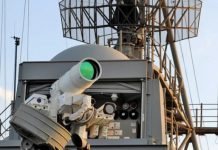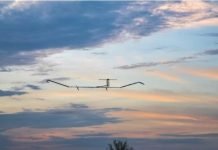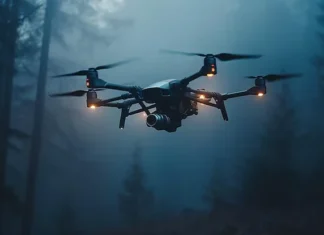Parrot Anafi review: What you need to know
That all changes with the Parrot Anafi, which goes toe to toe with DJI’s own folding drones, the Mavic Air and Mavic Pro. Just like those drones, the Anafi’s arms fold away so it can be stowed snugly in a case and slung in a small bag or backpack, and just like those drones, it shoots 4K video and top-quality stills.
The Anafi comes with a remote control but it can also be flown solely from the screen of a connected smartphone. And although there are no gesture-based selfie controls like you get with DJI’s portably quadcopters it does come with a number of automated camera and tracking modes to help you get the best possible shot.
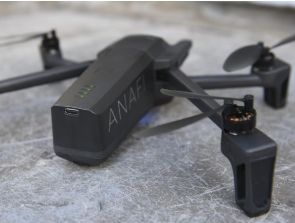
Price and competition
At a price of £630, the Parrot Anafi has the Mavic Air firmly in its sights. That’s a very competitive price for a drone of its type and it significantly undercuts the Air’s launch price of £769. Currently, the Air can be had for £699 on Amazon, but that’s still £70 more expensive than the Anafi.
In terms of alternatives, the diddy DJI Spark and the DJI Mavic Pro also hove into view. The former doesn’t fold away like the Anafi, nor can it capture 4K video, but it’s tiny, easily baggable once stowed in its case and flies beautifully. Moreover, you can buy a Spark for £450, although at that price you don’t get a dedicated remote control included; you’ll need to pay extra for that. Going up the scale, we have the Mavic Pro, which is more expensive than the Anafi (£756), but is quicker and has a more comprehensive feature set.
Design and features
The Parrot Anafi sits between the DJI Mavic Air and the Pro in terms of its size. It could have been smaller if Parrot had engineered the front rotor arms to fold backwards and its rear arms to fold forwards; instead, they fold in the opposite direction and the whole thing ends up being long and thin instead of short and squat. For reference, it’s about half the size of a French baguette, which is strangely appropriate given the Anafi’s continental origins.
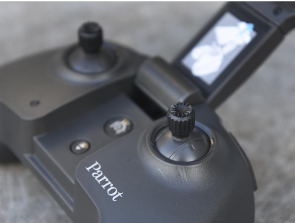
Still, once snugly fitted in the included case it’s pretty easy to stow in a bag and its low weight of 320g means you’ll hardly know it’s there. The flip side is that the Anafi feels quite flimsy compared to the beefier Mavic Air, but build quality is decent and because it’s lighter, it’s less likely to do damage or cause injury if you manage to crash it into something or someone. The one concern I’d have over the build is the microSD card slot. Located beneath the battery, this employs one of those flimsy hinging metal latches to lock it in place, which I’d imagine would be easy to break or damage if you forget to close it, then pop the battery back in on top of it.
The Anafi also has a few features that the DJI drones do not have. First up, both the remote control and battery can be recharged using a regular USB Type-C charger, where the Mavic Air’s batteries employ a proprietary connector. That means you don’t have to remember to take the charger with you wherever you go; you can top up the batteries from any convenient USB socket or adapter.
Second, its camera and gimbal are mounted in such a way that allows you to shoot video directly up as well as forwards and down, a unique feature as far as I can tell. The Mavic Air’s camera can only shoot upwards at an angle of 17 degrees and downwards at 90 degrees). Usability, too, is superior. I do like the DJI Go 4 app, but Parrot’s Free Flight app is simpler, much quicker to set up and more intuitive in operation than DJI’s, though it does lack some features. The Parrot Anafi is a better drone for newcomers as a result and, coupled with its lighter weight, a lot less intimidating to fly.
There are a few key areas where the Anafi lags behind the Mavic Air, however. The remote controller, although it is well made and comfortable to use, is heavier and bulkier than the Mavic Air’s. Second – and this is the big miss – is that the Anafi has no object avoidance cameras. If you misjudge a fly-by, that’s it: there’s no safety net. This drone will crash and burn.
The Mavic Air, conversely, has twin sensors on the front and rear of the drone, which when enabled help the drone map its surroundings and prevent it in most circumstances from flying forward or backwards into trees, bushes people or buildings. Obstacle avoidance is especially useful when using the automated camera shots; without it, I’d be nervous of allowing the drone go off and do its own thing.
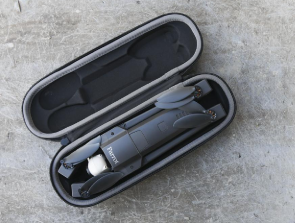
Camera
Assuming you can avoid disaster, though, you’ll come away from your flights with some top-quality footage and photos. And, on paper at least, the Anafi is the winner on this front.
It can shoot 4K at the same resolution, frame rate and bit rate (up to 100Mbits/sec) as the impressive Mavic Air, adding the ability to shoot cinema-style 24fps on top of the 25fps and 30fps modes the Mavic Air can shoot in. It can capture HDR video, too, which the Air can’t, and snap 21-megapixel photos, where the DJI is restricted to 12 megapixels.


